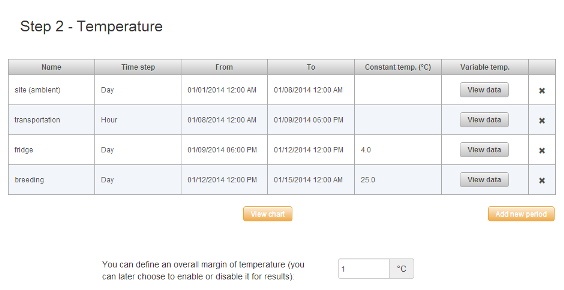
Development time is primarily dependent on temperature. Unfortunately, development data have an intrinsic and inter-experimental variability. Several factors can be attributed to this variation: genetic background, breeding conditions, and reliability of measurements to name a few. Why use one dataset over another?
Given the wealth of data and development models available, it is important to know differences in resulting dating. The ForenSeek software was developed to share development data and expedite the process of making comparisons.
Development-time database
ForenSeek database includes the Diptera development times that have been published over the last decades. You can select any species and instar and access the corresponding developmental data. When selecting different sources (e.g., studies), you will visualizes it on a temperature to development rate graph. This representation allows to quickly see discrepancies between studies.
More than a compilation of published data, this tool is also a space for sharing your development data. Indeed, you can add and store your own unpublished data: these data are by default private and therefore not available to others. However, it is also possible to set the data as “public,” and thus to make them available for all other ForenSeek users.
It is therefore a truly collaborative and interactive tool designed to facilitate the sharing and dissemination of development-time data.

PMI estimation tool
To analyze samples, the 1st step is to describe their thermal history. You then access the sample input screen. You can add as many samples as you have, including eggs or empty pupae. When all samples are reported and corresponding data for development-time calculation are selected, the calculations are initiated. For each sample, the program will determine the corresponding oviposition events.

Results are provided as both text and graphics. This view clearly shows the time of first oviposition, and is an efficient way to compare differences resulting from the choice of developmental data and fittings.
All of these results can be saved and exported to be integrated into a report.

